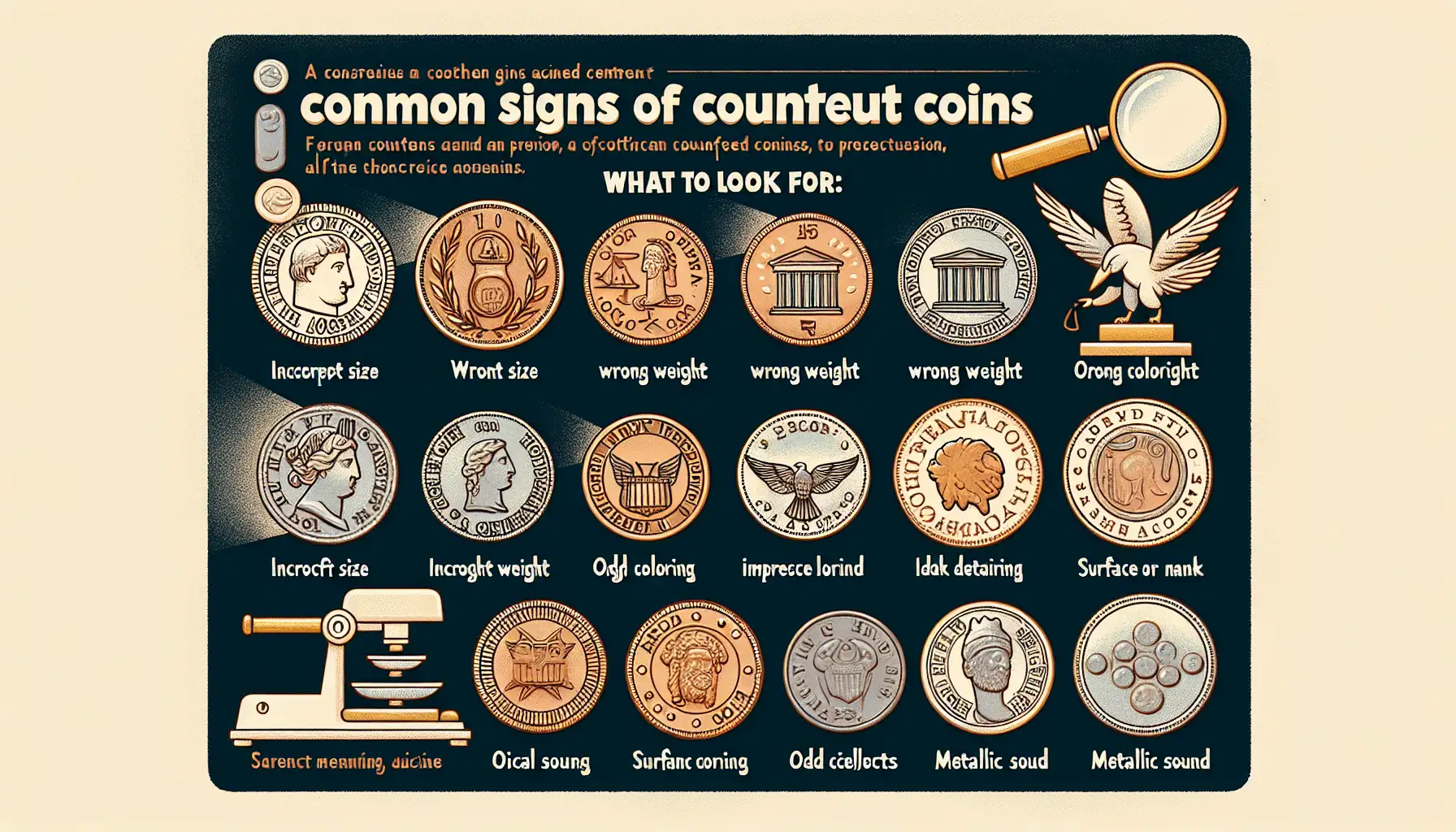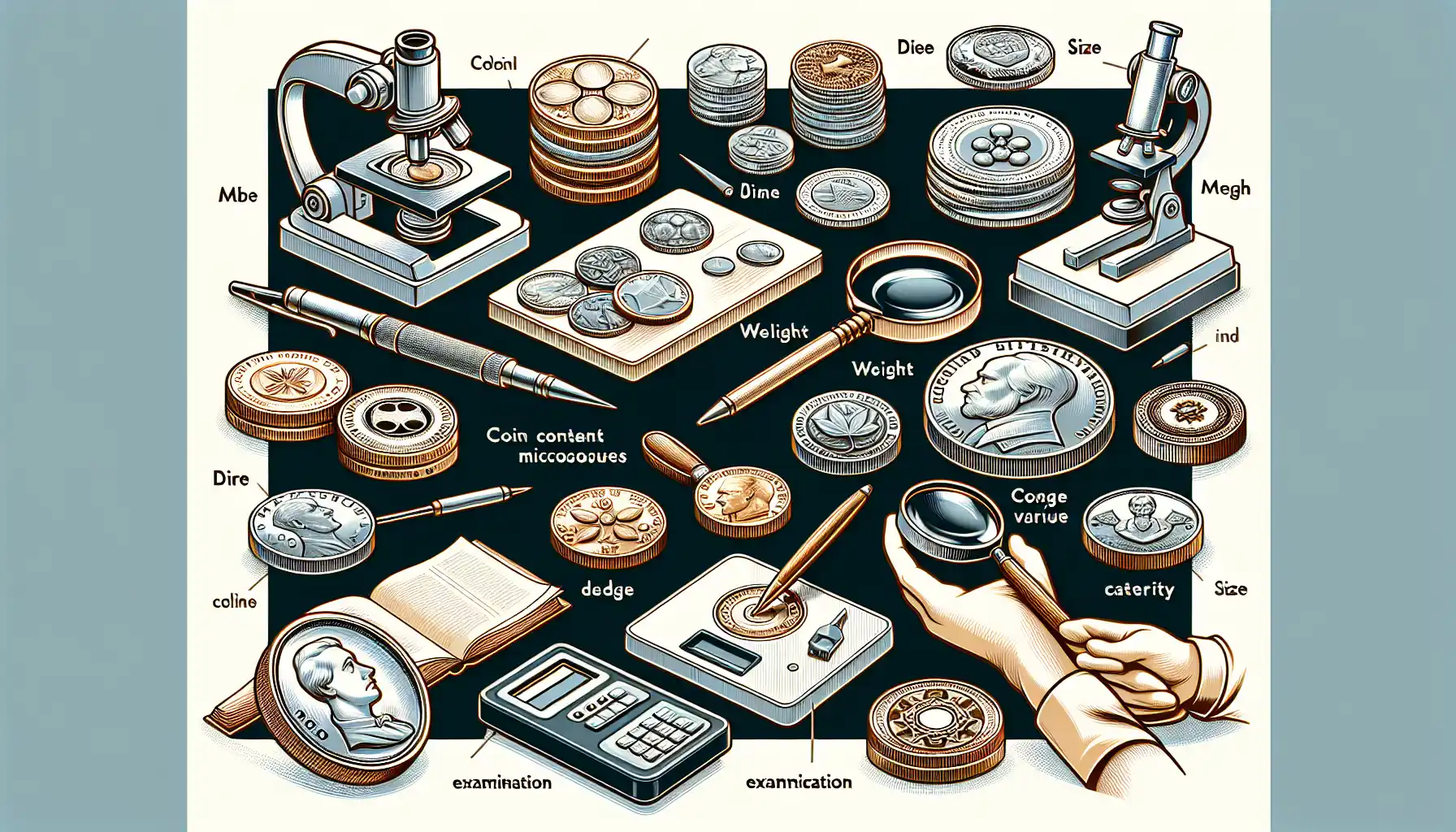How to Identify Counterfeit 19th-Century Coins: Expert Tips and Techniques
Key Features of Authentic 19th-Century Coins
Material and Craftsmanship: The Soul of Authenticity
When you hold a genuine 19th-century coin, it feels like you're gripping a piece of history itself. The material and craftsmanship tell stories—of bustling mints, skilled engravers, and the very era they were born from. Authentic coins were struck using precise techniques, leaving behind details so fine they seem almost alive.
Start by examining the coin’s metal. Real 19th-century coins often feature
specific compositions, such as silver, gold, or copper alloys. Counterfeits, on the other hand, may substitute these with cheaper metals, giving them an unnatural weight or even a dull, lifeless appearance.
Pay close attention to the surface. Look for signs of
hand-engraved designs—sharp, intricate lines that counterfeiters struggle to replicate. Counterfeits might look “off,” with details appearing too smooth, blurry, or uneven.
- Check for authentic mint marks. These are tiny, engraved letters indicating where the coin was produced.
- Examine edges: Genuine coins often have finely milled or reeded edges, while fakes may show poor finishing or irregularities.
The devil is in the details, as they say. Let your eyes—and fingers—be your guides.
Common Signs of Counterfeit Coins

Inspecting the Surface: Telltale Clues in Texture and Detail
When you hold a 19th-century coin, you’re cradling a piece of history. But counterfeiters? They try to mimic that magic—and often fail in subtle but revealing ways. Start by running your fingers across the surface. Genuine coins from this era often feel smooth in areas of wear, but counterfeits may have an oddly grainy or “off” texture. It's like comparing silk to sandpaper.
Next, examine the details under bright light or with a magnifying glass. Authentic coins boast crisp, intricate designs—think of the delicate curls in Lady Liberty’s hair or the sharp edges of stars. Counterfeits, on the other hand, might look muddled, as though someone painted with a frayed brush.
- Tool marks: Look for scratches or weirdly uniform grooves; these can be a sign of modern machinery at work.
- Frosting inconsistencies: Some fakes have uneven “frosted” finishes meant to imitate aged silver or gold.
Don’t rush this step. Let your eyes linger—it’s in those tiny imperfections where truth reveals itself.
Effective Tools and Methods for Coin Authentication

Spotting the Telltale Signs of a Counterfeit
Ever held a coin in your hand and felt that sneaky little doubt creep in? Like meeting someone at a party who seems charming but just... off. Well, spotting a fake 19th-century coin is a lot like that. It’s all about the details—and they’re whispering secrets if you know how to listen.
First, let’s talk
weight and dimensions. Authentic coins from the 1800s were meticulously crafted, and their weight was no accident. Grab a precise digital scale—because even a fraction of a gram can reveal the truth. Then, check its diameter with calipers. If the numbers don’t match official records, you’ve got yourself an imposter.
Next, there’s the artistry. Examine the design under magnification. Counterfeits often have soft edges or muddled details, like a blurry photocopy of a masterpiece. Pay attention to lettering: is it crisp and consistent? A sloppy font screams “fake” louder than a bad karaoke performance.
And don’t forget the sound test! Drop the coin gently on a hard surface and listen. A real 19th-century coin will ring with a clear, resonant tone. Fakes? More of a dull thud—like they’ve got something to hide.
Historical Context and Its Role in Identifying Fakes

The Influence of History on Coin Authenticity
Picture this: a 19th-century coin isn’t just a piece of metal—it’s a tiny time capsule. Its weight, its wear, even its imperfections whisper stories of bustling markets, pocket-worn travels, and hands that exchanged it long before ours. But here’s the twist: counterfeiters love to mimic these tales, hoping to fool even the keenest eyes.
Understanding the historical context of a coin is like having the secret decoder ring for spotting fakes. For instance, during the U.S. Civil War, silver shortages led to the creation of
1861 Confederate Half Dollars. If someone offers you one today, pause—it’s one of the most counterfeited coins in history!
What should you look for?
- Does the wear match its supposed age? A coin from 1820 should show some natural wear, not a suspiciously pristine shine.
- Are the symbols historically accurate? Some fakes feature details that don’t align with the era they claim to be from.
- What about the metal composition? Use a magnet or consult a professional—counterfeiters often skimp on materials.
When you study the history behind a coin, you’re not just identifying a fake—you’re unraveling its true story.
Steps to Take When You Suspect a Counterfeit Coin

Signs Your Coin Might Be Too Good to Be True
So, you’ve got a shiny 19th-century coin in your hand, and something feels... off. It looks perfect—maybe a little *too* perfect. Trust that instinct. Counterfeiters often go overboard, creating coins that scream “fake” if you know where to look. Here are some dead giveaways:
- Weight discrepancies: Genuine 19th-century coins were minted with precision. If your coin feels unusually light or heavy, it’s time to grab a scale.
- Suspiciously sharp details: While wear and tear are normal for coins over a century old, counterfeits might appear unnaturally crisp, as if they’ve been frozen in time.
- Metal anomalies: Authentic coins were made from specific metals. A magnet test can help you spot fakes—if it sticks, it’s likely a fraud.
Take a Closer Look (Literally!)
Don’t underestimate the power of magnification. Using a jeweler’s loupe or a digital microscope can reveal things your naked eye misses. Look for irregularities in the edges—real coins have uniform ridges, while counterfeits may show inconsistent spacing. Also, examine the lettering. Are the fonts consistent? A poorly executed counterfeit often has uneven or smudged engravings. These tiny imperfections can shout, “I’m not the real deal!” louder than you think.





